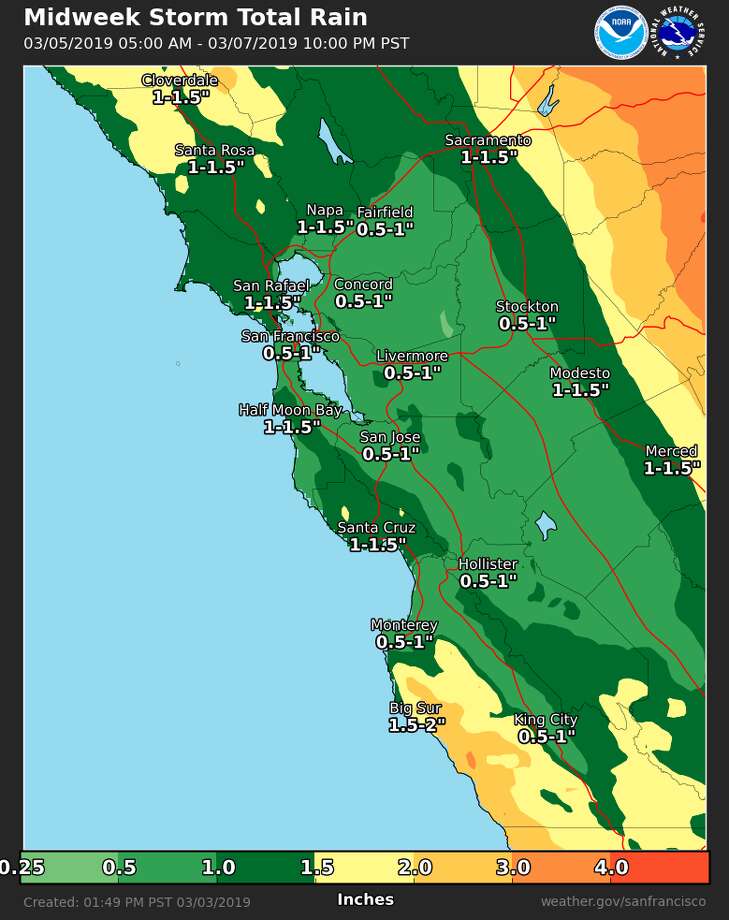

The storms could result in slick roads, significant delays, reductions in visibility and the possibility of white-out conditions, especially with wind gusts on Thursday expected to blow snow around the highways. Snow levels were expected to hover between 5,500 to 6,500 feet on Wednesday before dipping to around 2,500 to 3,500 feet on Thursday.ĭangerous road conditions, especially on Interstate 80 and Highway 50, could make mountain travel treacherous this weekend, according to the weather service.

Hazardous travel conditions are expected, and mountain travel is highly discouraged over the weekend. Expect chain controls and holiday travel delays. Several feet of mountain snow are possible between this afternoon and Monday. The storms this week were forecast to dump 48 to 60 inches of snow on Echo Pass, 24 to 36 inches on Tioga Pass and 80 to 100 inches on Donner Pass, Carson Pass, Ebbetts Pass and Sonora Pass. Tahoe Donner got 3 inches of snow while Soda Springs and Boreal received 4 inches. The “breeziest” period was expected to be on Friday night, with higher hills expected to see gusts up to 30 to 40 miles per hour.Īs of late Wednesday morning, one inch of snow had fallen on Palisades Tahoe, Sugar Bowl, Heavenly, Dodge Ridge and Northstar in the last 24 hours, according to the weather service. Coastal ranges, including the Santa Cruz mountains and the North Bay mountains, are expected to receive up to 5 to 6 inches of rain and the North Bay valleys will get between 2 to 3.5 inches of rain. Throughout the week, lower elevations in the Bay Area, including in the East Bay, South Bay and the interior San Francisco Bay, could see 1 to 3 inches of rain. We’re going to stay in this wet pattern at least into the foreseeable future.” “Unless we get a big pattern change, we’ll be in the scenario where we have daily rain chances. “It looks like there’s a big weather storm - a trough that’s offshore - and it’s just kind of stuck there,” said NWS forecaster Sean Miller. The rain was expected to pick back up Wednesday night into Thursday morning before tapering off again later in the day, forecasters said.Ī second weather system will travel into the region Friday night into Saturday, bringing another round of rain that is expected to last until at least Tuesday. The wet pattern continued into Wednesday morning a lull in the rain had set in by the afternoon. The storms began Tuesday after a low-pressure system from British Columbia moved south over the Pacific Ocean and off the coast of the Oregon-California border, according to the weather service. The first in a string of storms was expected to continue to bring showers to the Bay Area and dump several feet of snow on the Sierra Nevada, making mountain travel precarious with significant delays and possible white-out conditions. The site of the greatest Bay Area total, Lake Ranch Reservoir, is at 1,810 feet elevation in Sanborn County Park, about a mile east of Skyline Boulevard.Travelers hoping to get a few runs at a Lake Tahoe ski resort may need to make alternate plans this weekend if they’re not already in the area, according to the National Weather Service.

They are raw numbers, meaning they haven’t been quality-checked for accuracy. (Track the storm’s progress on this map.)

The bulk of the storm had then moved past the Bay Area, though additional rain was possible Thursday night. The following totals from the National Weather Service are through 5 p.m. The latest atmospheric river storm was characterized by high winds and moderate rainfall - about 2 inches in most of the Bay Area.


 0 kommentar(er)
0 kommentar(er)
